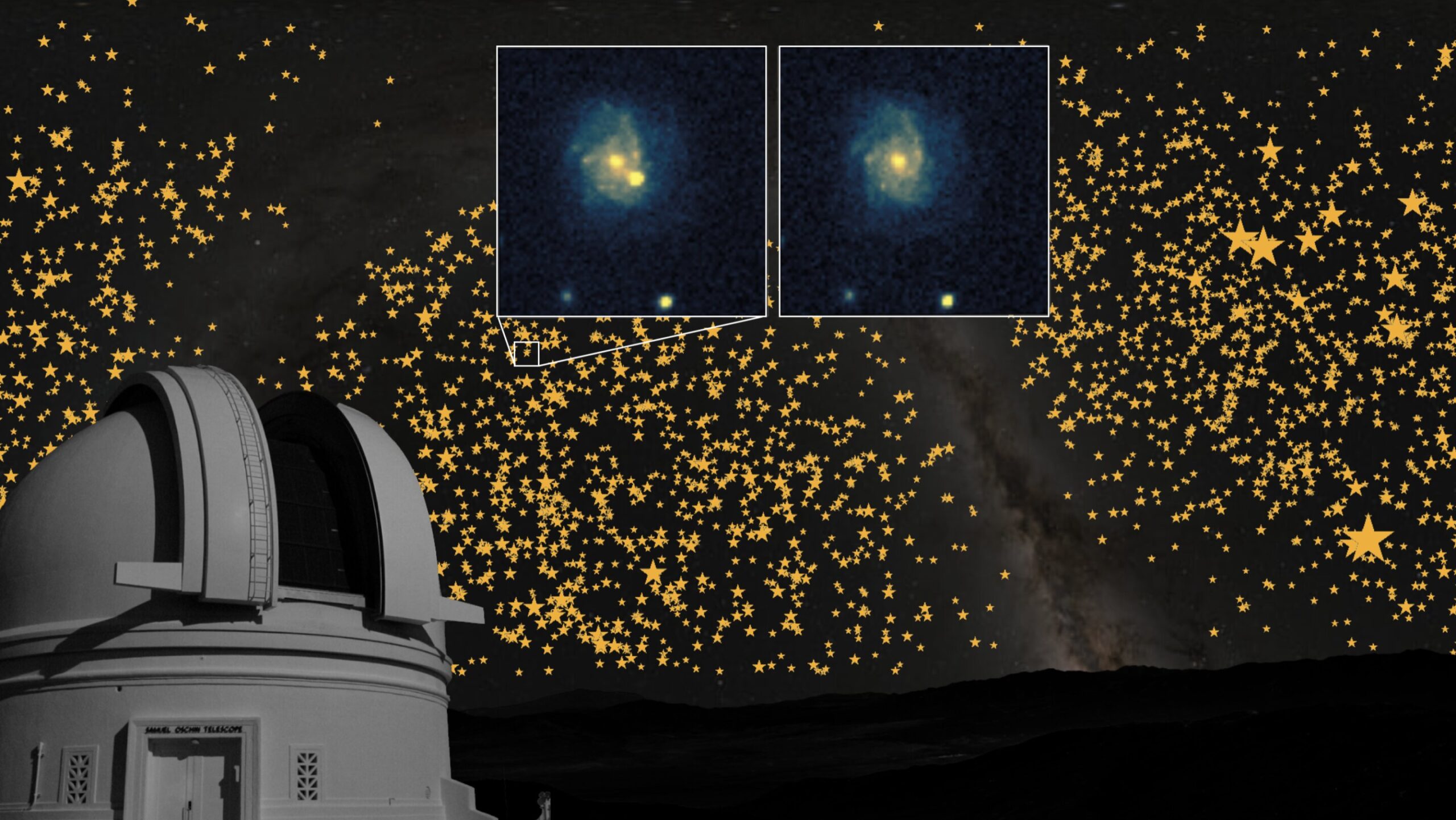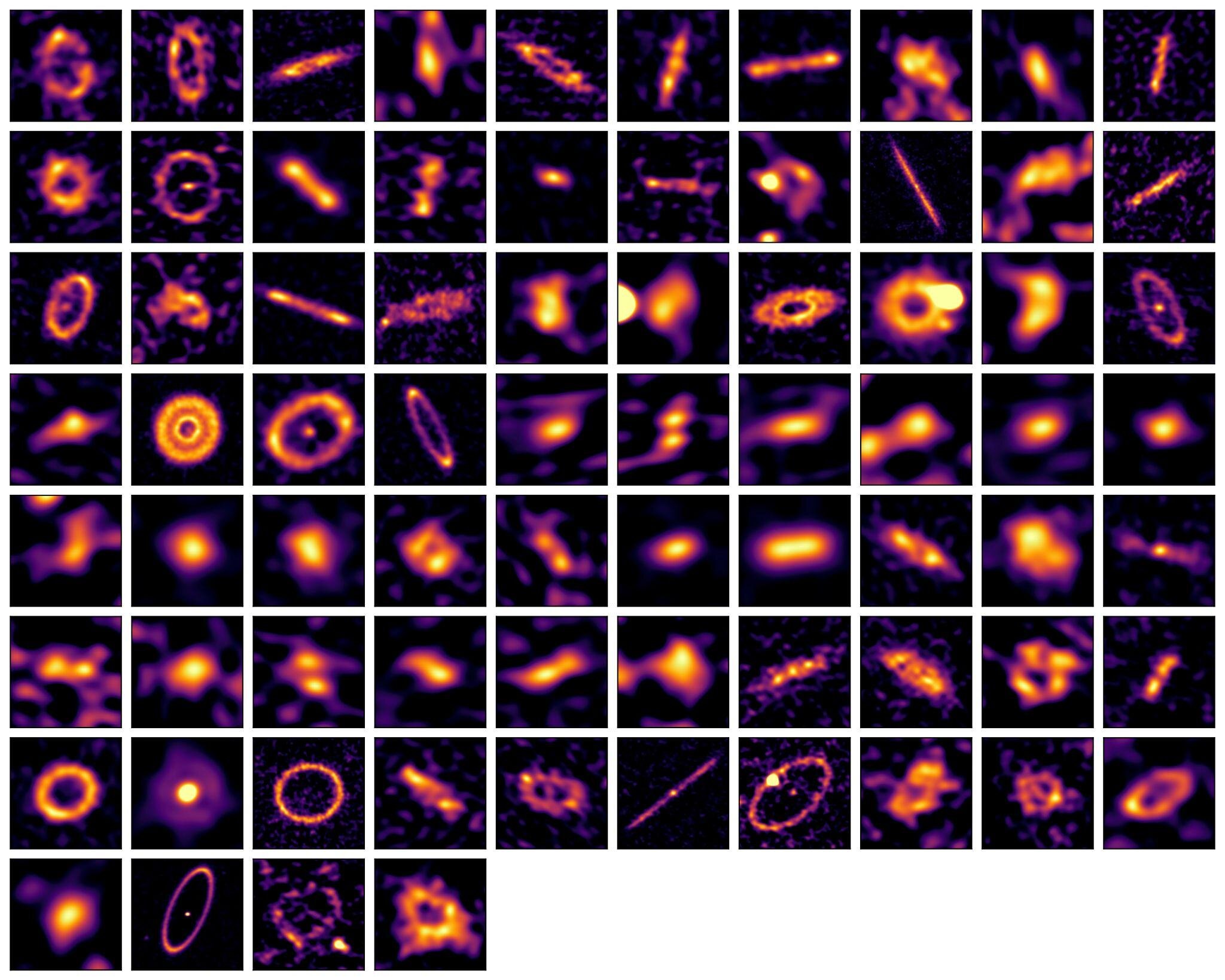Astronomers from West Virginia University and other institutions have made a significant contribution to the study of pulsars with the discovery of 18 new pulsars using the Arecibo Observatory (AO). This discovery, detailed in a research paper published on February 6 on the arXiv pre-print server, is part of the ongoing efforts in the AO 327-MHz Drift Survey, which aims to find new pulsars and radio transients in the sky.
Pulsars are highly magnetized, rotating neutron stars that emit beams of electromagnetic radiation. Their intense magnetic fields and rapid rotation cause them to emit regular bursts of radiation, which we can observe as radio waves. While they are predominantly detected through radio telescopes, some pulsars also emit light in optical, X-ray, and gamma-ray wavelengths. These bursts are detected when the beam of radiation sweeps across the Earth, much like a lighthouse beam. The study of pulsars is key to understanding not only neutron stars but also fundamental physics, including aspects of general relativity and nuclear physics.
The AO 327-MHz Drift Survey was a comprehensive and systematic effort aimed at identifying pulsars in a broad region of the sky. Utilizing the Arecibo Observatory, which was one of the most powerful radio telescopes in the world until its collapse in 2020, the survey covered sky regions with declinations between −1 and 38 degrees. The survey began in 2010 and concluded in December 2020. The primary goal of this survey was to explore the sky at 327 MHz, a frequency particularly suitable for detecting radio transients, including pulsars, and to compile an extensive catalog of pulsar candidates for further study.
The latest findings from this extensive survey, led by Timothy E. E. Olszański and his team, bring the total number of pulsars discovered by the AO327 survey to an impressive 95 pulsars. Of these, 18 pulsars are new discoveries, previously unidentified by earlier surveys or observations. The team’s work has significantly enhanced our understanding of the pulsar population in this part of the sky and adds a wealth of new data to the growing catalog of known pulsars.
To make these discoveries, the team analyzed the vast amount of data collected from the AO327 survey. By carefully processing the data, the researchers were able to pinpoint 49 pulsar candidates, and through follow-up observations, they confirmed 18 previously unknown pulsars. This has greatly increased the depth of the pulsar database and helps scientists improve models of pulsar populations, their formation, and their behavior.
In terms of their properties, the newly discovered pulsars display a wide range of characteristics. These pulsars have spin periods (the time it takes for a pulsar to complete one rotation) that vary between 40 milliseconds and 5.05 seconds, highlighting the diversity within the pulsar population. The dispersion measures (a measure of the signal broadening caused by the ionized interstellar medium) for these pulsars range between 17.8 and 133.2 pc/cm3, further demonstrating the varied conditions under which these pulsars are observed.
The paper also delves into the emission behavior of the pulsars. Out of the 49 pulsars analyzed, 29 exhibited forms of amplitude modulation, where the intensity of the signal fluctuates. This can provide insights into the internal dynamics of the pulsar’s magnetic field and emission processes. Additionally, one pulsar, PSR J0916+0658, was identified as a partially recycled pulsar, a type of pulsar that has undergone an interesting evolutionary process where it has accreted matter from a companion star, altering its spin rate and other properties. The rest of the identified pulsars are classified as non-recycled pulsars, meaning they have not undergone such transformations.
Among the most interesting findings was the discovery of a rare pulsar phenomenon. PSR J1942+0147 displayed a form of bi-drifting, a rare type of subpulse drift. Subpulse drift refers to the way in which subpulses within a pulsar’s pulse profile shift in time. In bi-drifting, the drift slopes of the subpulses have different signs for different components. This finding is significant because bi-drifting is an unusual and poorly understood behavior that could provide valuable insights into the pulsar’s magnetic field and emission mechanisms.
Another interesting pulsar, PSR J0225+1727, was found to have an interpulse, a secondary pulse that occurs at a fixed time offset from the main pulse. In this case, the interpulse was offset by 164 degrees from the primary pulse. Interpulses are rare, and their presence could be crucial for understanding the pulsar’s emission geometry and how its magnetic field interacts with its radiation.
These discoveries have opened up new avenues for future research. The team notes that while the AO327 survey has already made significant progress, there is still much work to be done. Only less than 2% of the survey’s observations have yet to be processed, and over 60% of the pulsar candidates remain to be inspected. This means that astronomers expect to discover at least another 100 pulsars from this survey alone, increasing our knowledge of these fascinating objects even further.
The researchers have also indicated that future studies of these newly discovered pulsars will focus on investigating their polarization properties and emission features in greater detail. Understanding how the radiation from pulsars is polarized can provide deeper insights into the structure of their magnetic fields and their emission mechanisms. It will also allow astronomers to probe the extreme conditions that exist near these rapidly rotating, highly magnetized stars.
The Arecibo Observatory played a crucial role in these discoveries. Despite its collapse in December 2020, the data collected by the AO327 survey continues to yield valuable scientific results. The observatory’s large aperture and sensitivity made it an ideal instrument for conducting such a comprehensive survey, and its contributions to our understanding of pulsars will remain invaluable for years to come.
More information: Timothy E. E. Olszanski et al, Discovery and Timing of 49 Pulsars from the Arecibo 327-MHz Drift Survey, arXiv (2025). DOI: 10.48550/arxiv.2502.04571






